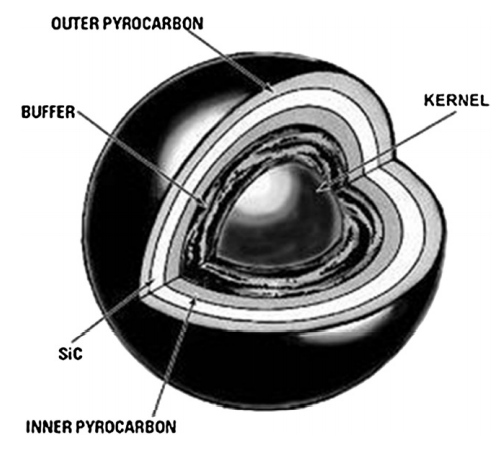The Human Cell Atlas ( HCA ) is an international collaborative consortium that charts the cell types in the healthy body, across time from development to adulthood, and eventually to old age. This enormous undertaking, larger even than the Human Genome Project, will transform our understanding of the 37.2 trillion cells in the human body. It is only possible now thanks to global collaboration, technological and computational breakthroughs, and science at great scale. An open global initiative, the HCA was founded in 2016 and has grown to more than 2,900 HCA members , from over 1,500 institutes and 94 countries around the world. Bringing together an international community of biologists, clinicians, technologists, physicists, computational scientists, software engineers, and mathematicians, HCA membership is open to the entire scientific community worldwide – join us here . The HCA is also keen to engage with the public . Human Cell Atlas - Home

